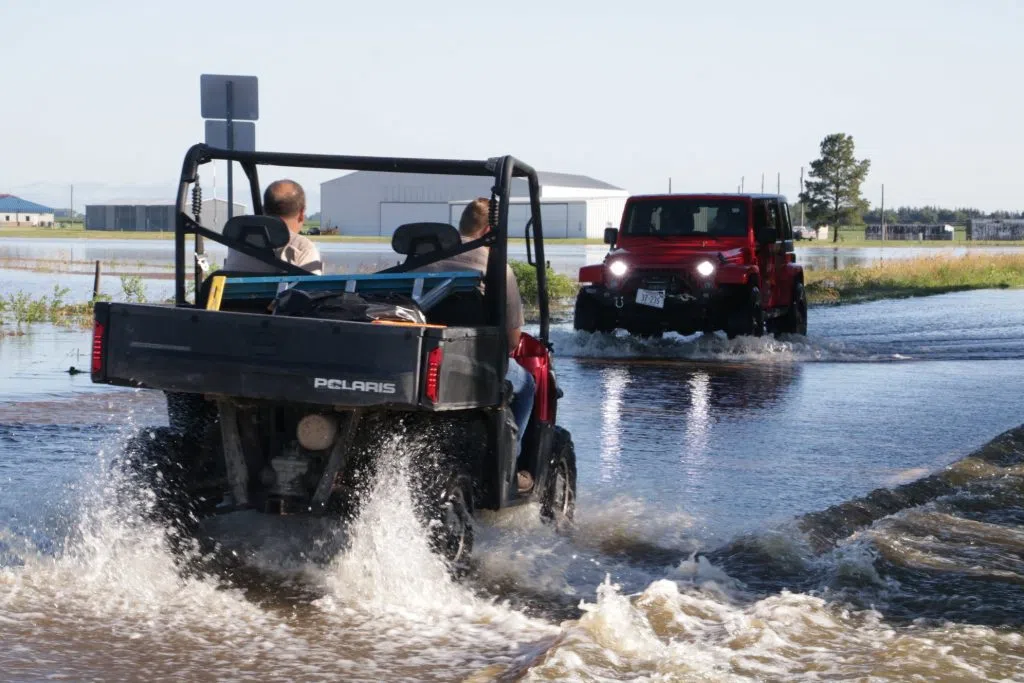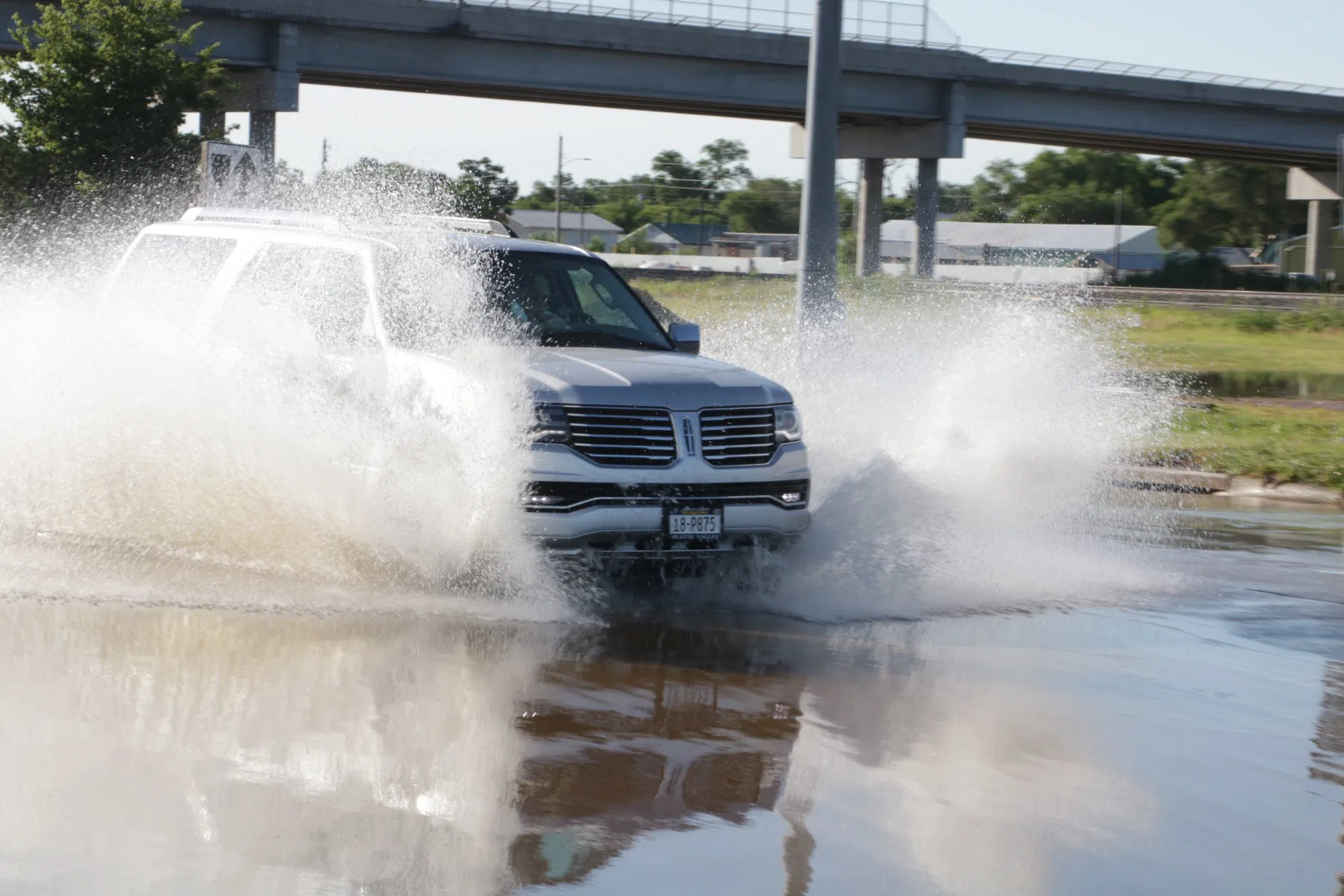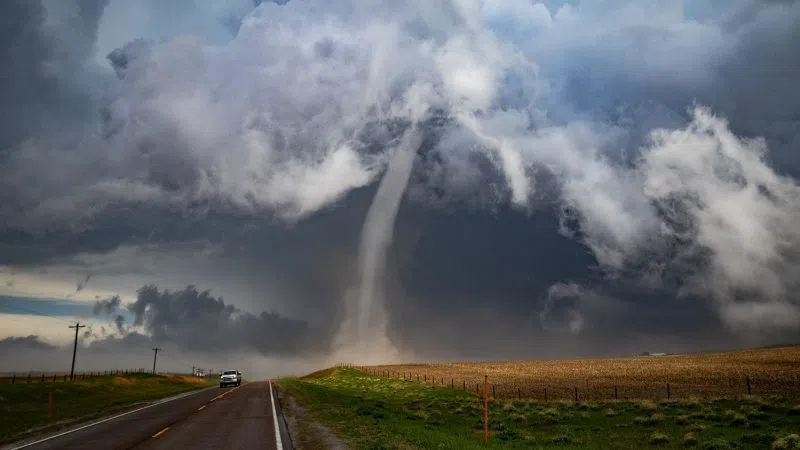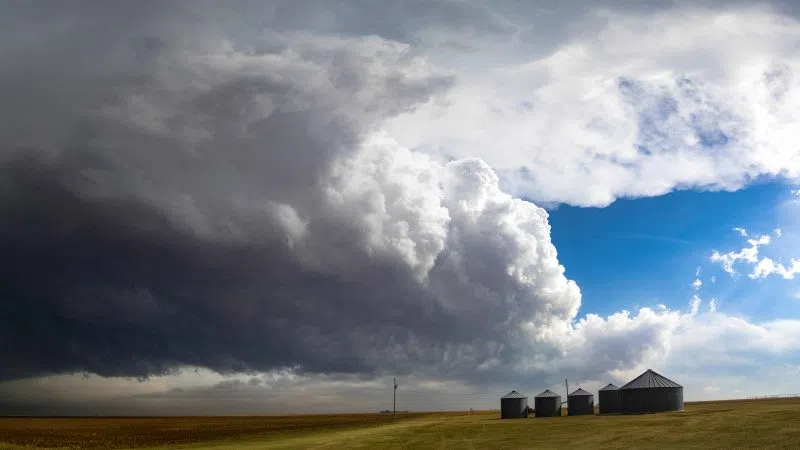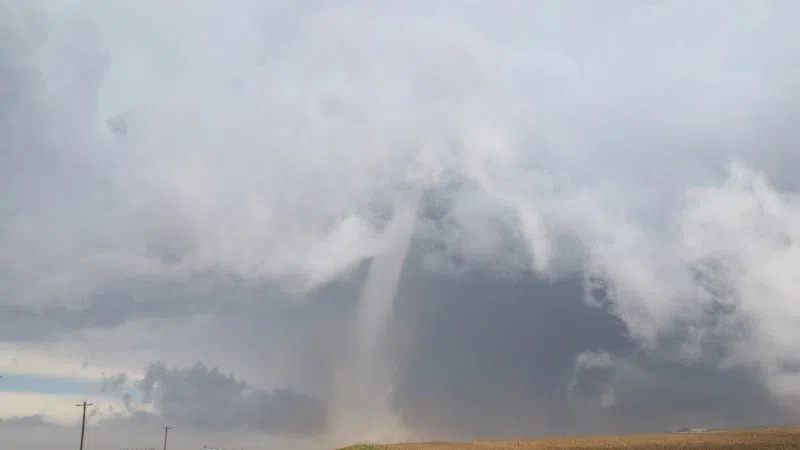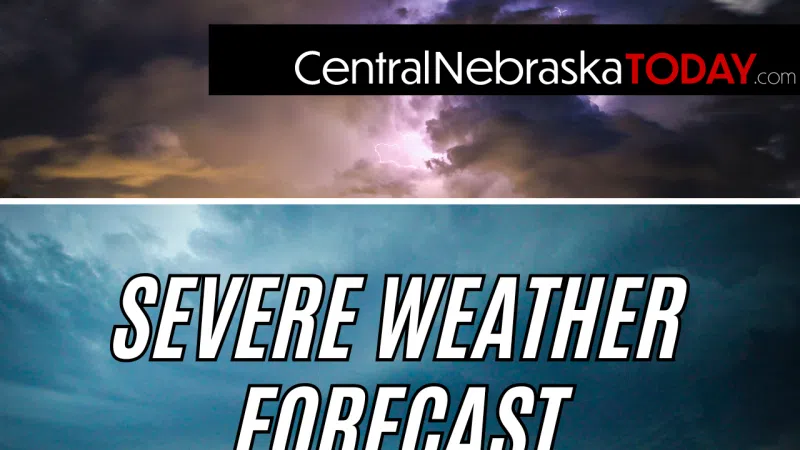HASTINGS — Flash flooding is the number one storm-related killer in the United States. Flooding in general kills more people each year than tornadoes, hurricanes, or lightning.
If that seems surprising, it’s because most people fail to realize the power of water. Often people will decide against finding a detour and attempt to cross over a flooded roadway because they can safely make it.
“Drownings of this nature are 100 percent preventable simply by not driving or walking onto flooding roads. Most vehicles will become difficult to control in as little as six inches of water and can be swept away in 18 to 24 inches of water,” per the National Weather Service.
The national 30-year average for flood deaths is around 127 people per year.
National Weather Service data also indicates that nearly half of all flash flood fatalities are vehicle related. Many victims are males, and flood deaths affect all age groups.
“Flash floods are the most dangerous kind of floods, because they combine the destructive power of a flood with incredible speed. Flash floods occur when heavy rainfall exceeds the ability of the ground to absorb it,” per the National Severe Storms Laboratory, (NSSL).
Flash floods occur when, “water fills normally dry creeks or streams or enough water accumulates for streams to overtop their banks, causing rapid rises of water in a short amount of time. They can happen within minutes of the causative rainfall, limiting the time available to warn and protect the public.
The NWS Turn Around Don’t Drown campaign is aimed at warning people hazards of walking or driving a vehicle through flood waters.
Training thunderstorms are often associated with flash flooding.
Training denotes repeated areas of rain, typically associated with thunderstorms, that move over the same region in a relatively short period of time. Training thunderstorms are capable of producing excessive rainfall totals.
The name is derived from how a train and its cars travel along a track, moving along a single path, without the track moving.
Showers and thunderstorms along thunderstorm trains usually develop in one area of stationary instability, and are advanced along a single path by prevailing winds.
Additional showers and storms can also develop when the gust front from a storm collides with warmer air outside of the storm. The same process repeats in the new storms, until overall conditions in the surrounding atmosphere become too stable for support of thunderstorm activity.
Showers and storms can also develop along stationary fronts, and winds move them down the front. The showers that often accompany thunderstorms are usually thunderstorms that are not completely developed.
During a flood, water levels and the rate the water flowing can quickly change. Remain aware of and monitor local radio and television outlets. Avoid flood waters at all costs and evacuate immediately when water starts to rise.
The following is advice of the NWS:
- Stay Informed: Monitor NOAA Weather Radio, local radio/television and the internet or social media for the latest information and updates.
- Get to Higher Ground: Leave flood-prone areas and relocate to safer ground before floodwaters block access. If instructed to evacuate, take immediate action!
- Do Not drive into flooded streets or go around barricades, as 12-18 inches of water can wash away most vehicles. It’s hard to gauge the water’s depth, and the road may be damaged. If your vehicle stops, abandon it and seek higher ground to prevent being swept away by the water along with your vehicle.
- Do Not walk, swim, or engage in activities in floodwater. It’s difficult to assess the speed of the flow or detect hidden hazards like holes or submerged debris, putting you at risk of being carried away. Even as little as 6 inches of swiftly moving water can sweep you off your feet. Additionally, there’s a danger of contamination from hazardous materials in the water. Keep in mind that water conducts electricity; if there are downed power lines, there’s a risk of electrocution.
- Do not enter any room where water has reached electrical outlets or cords. If you notice sparks or hear buzzing, crackling, snapping, or popping sounds, exit immediately. Avoid entering flooded basements, as the structural integrity may be compromised.
After a flooding event:
- Steer clear of floodwaters and disaster zones. Follow road closures and adhere to other given instructions.
- Stay informed! Keep yourself informed by watching local news for the latest updates. Verify the safety of water before using or drinking it. Contact utility companies to inquire about any outages. Remember, never operate a portable generator indoors—carbon monoxide poisoning can be fatal!
- Contact family and friends to let them know you are okay.
